Record, document of crime scene examination in criminal proceedings by the Public Security Force of Vietnam
The following article will provide the content of records, documents of crime scene examination in criminal proceedings by the Public Security Force of Vietnam.
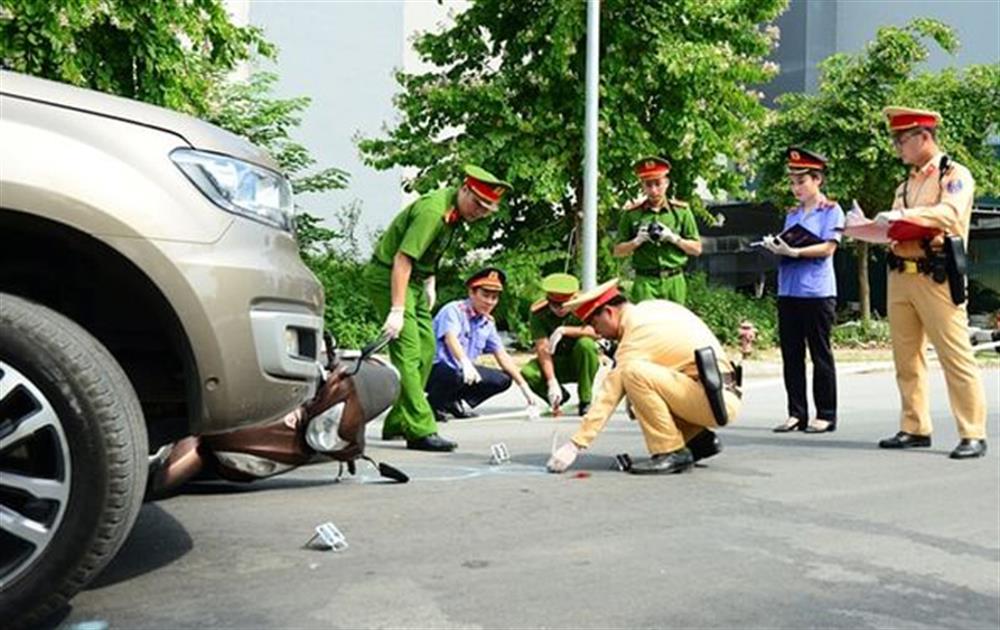
Record, document of crime scene examination in criminal proceedings by the Public Security Force of Vietnam (Image from the internet)
On December 16, 2024, the Minister of Public Security of Vietnam issued Circular 98/2024/TT-BCA stipulating procedures for crime scene examination in criminal proceedings by the People's Public Security forces.
Record, document of crime scene examination in criminal proceedings by the Public Security Force of Vietnam
According to Article 10 of Circular 98/2024/TT-BCA, the record and documentation of crime scene examination include:
(1) Crime scene examination record
- The crime scene examination record must be made according to the form and legal regulations; it can be handwritten or typed to complete the record; abbreviations are not allowed; Vietnamese language, common terminology, and clear, concise, and easy-to-understand language must be used; a full and accurate description according to the actual sequence of the crime scene examination must be provided.
- Complete the crime scene examination record immediately after concluding the crime scene examination; it must be read to the participants for confirmation, signed, and full names provided.
- If the crime scene examination record has multiple pages, each page must be signed at the bottom or sealed; if there are additions, deletions, erasures, corrections in the record, they must be clearly noted and confirmed by all examination members.
(2) Crime scene diagram
- The crime scene diagram includes types such as general diagram, central diagram, partial diagram, detailed diagram, or a combination of general diagram with central, partial, and detailed diagrams. Depending on the nature of the case, scene characteristics, actual conditions, the leading examiner decides on the type of diagram to draw. The crime scene diagram can be drawn using methods such as plan view, exploded view, or perspective view and can be drawn manually or using appropriate graphic software.
- Determine the orientation of the scene on the diagram following international conventions, with an arrow indicating North (N: North, NE: Northeast, E: East, NW: Northwest, S: South, SE: Southeast, W: West, SW: Southwest).
- Consistently use measurement units throughout the diagram in meters (m) and centimeters (cm); if drawing to a scale, specify it clearly. If not to scale, ensure the correlation between traces, evidence, documents, and objects at the scene.
(3) Crime scene photos
- During crime scene examination, take photos of the general scene, central area, each section, and detailed parts. When photographing details of traces, evidence, objects, the photography principles must be strictly followed.
- The crime scene photo album is presented according to a specified format and arranged logically according to the examination sequence. The photo album is bound into a book; each photo must have clear, complete captions; scene photos must not be edited.
(4) Crime scene video recording (if available): Depending on the case, actual conditions at the scene determine whether it's necessary to record the scene, record the entire process, or specific stages of the scene examination; the video recording is documented in the crime scene examination record and must not be edited, spliced, or altered. Crime scene recordings are stored in suitable storage devices and sealed in accordance with the law.
(5) Crime scene examination report
- The crime scene examination report is an operational document used internally within the People's Public Security forces. After concluding the crime scene examination, the leading examiner assigns the crime scene examination team to complete the exam report for submission to the Head of the commanding agency.
- The content of the crime scene examination report includes: Name of the reporting agency; report recipient or addressee; type of case report, along with the time and location of occurrence or discovery; time of examination; examination members; summary of the case situation; scene protection work; process and results of the crime scene examination; analysis and evaluation of the traces and evidence discovered and collected during examination; assessment of the nature of the examined case, and information on the criminal subjects if any; proposals and technical measures needed; recommendation for coordination between forces. The report must conclude with the name and signature of the report preparer; confirmation and seal of the reporting agency.
Refer to the full content in Circular 98/2024/TT-BCA, effective from January 1, 2025.
- Number of deputy directors of departments in Vietnam in accordance with Decree 45/2025/ND-CP
- Cases ineligible for pardon in Vietnam in 2025
- Decree 50/2025 amending Decree 151/2017 on the management of public assets in Vietnam
- Circular 07/2025 amending Circular 02/2022 on the Law on Environmental Protection in Vietnam
- Adjustment to the organizational structure of the Ministry of Health of Vietnam: Certain agencies are no longer listed in the organizational structure
- Vietnam aims to welcome 22-23 million international tourists in Vietnam in 2025
-
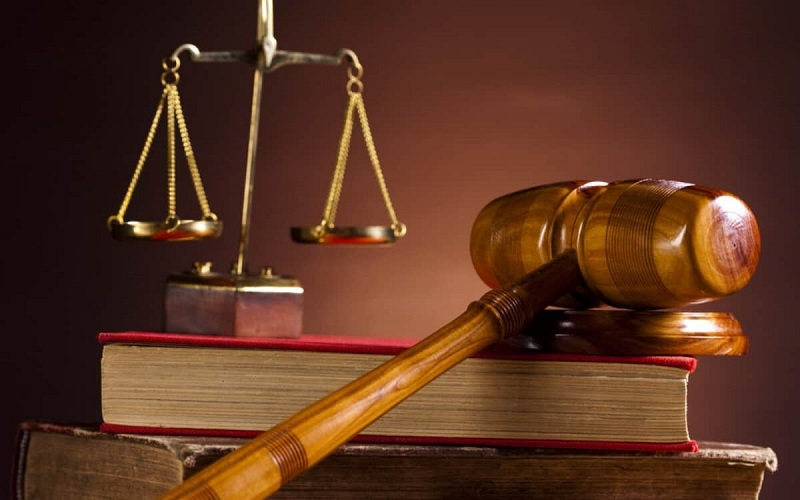
- Number of deputy directors of departments in Vietnam ...
- 15:04, 05/03/2025
-
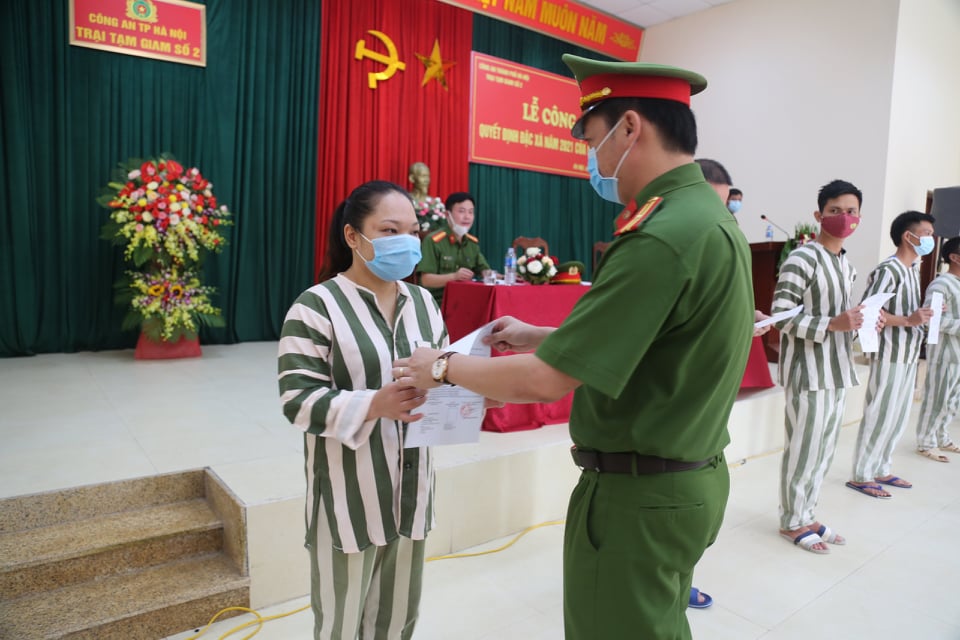
- Cases ineligible for pardon in Vietnam in 2025
- 14:43, 05/03/2025
-
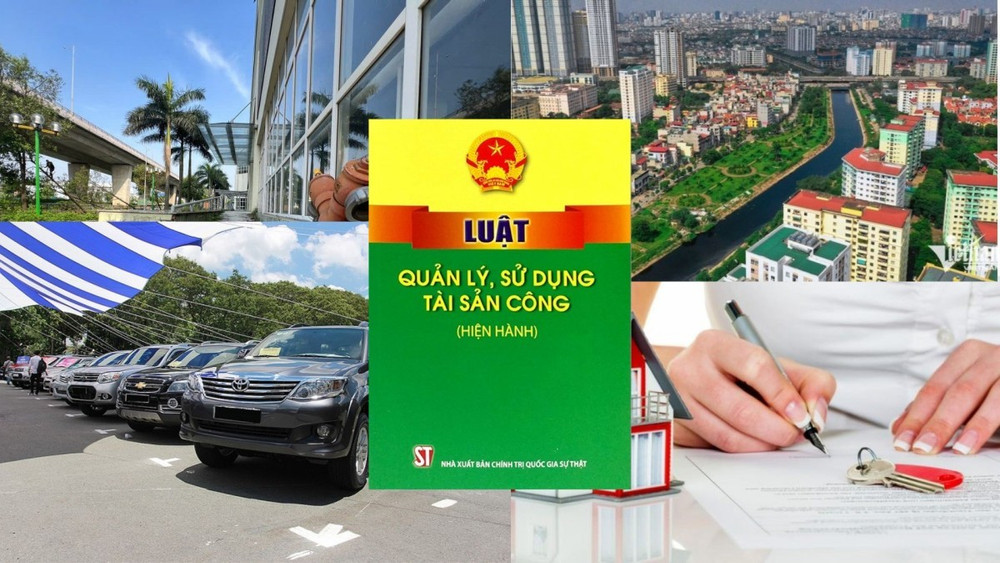
- Decree 50/2025 amending Decree 151/2017 on the ...
- 12:00, 05/03/2025
-

- Circular 07/2025 amending Circular 02/2022 on ...
- 11:30, 05/03/2025
-
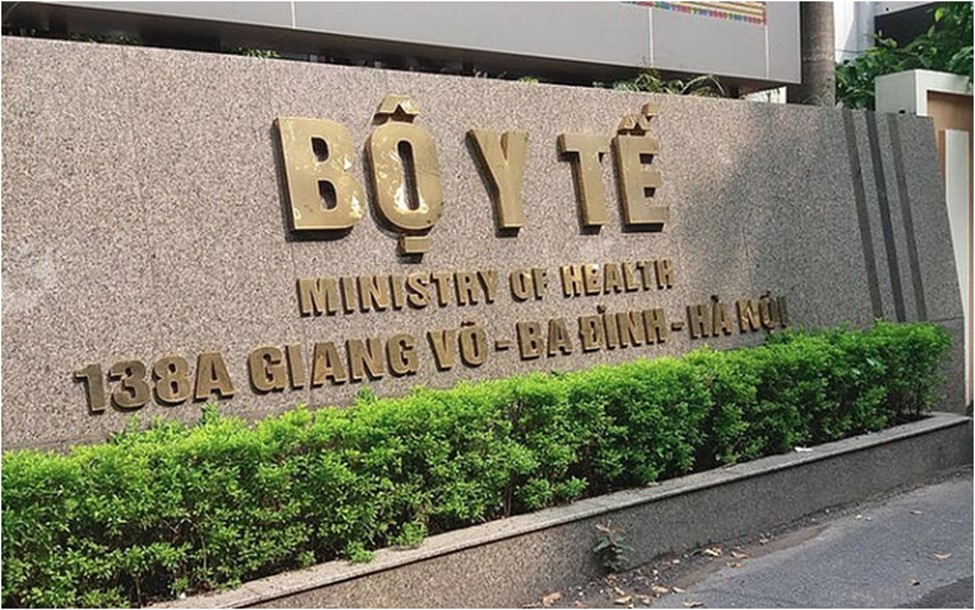
- Adjustment to the organizational structure of ...
- 10:34, 05/03/2025
-

- Notable new policies of Vietnam effective as of ...
- 16:26, 11/04/2025
-
.Medium.png)
- Notable documents of Vietnam in the previous week ...
- 16:21, 11/04/2025
-
.Medium.png)
- Notable documents of Vietnam in the previous week ...
- 16:11, 02/04/2025
-
.Medium.png)
- Notable new policies of Vietnam to be effective ...
- 16:04, 02/04/2025
-
.Medium.png)
- Notable new policies of Vietnam effective from ...
- 14:51, 21/03/2025

 Article table of contents
Article table of contents
